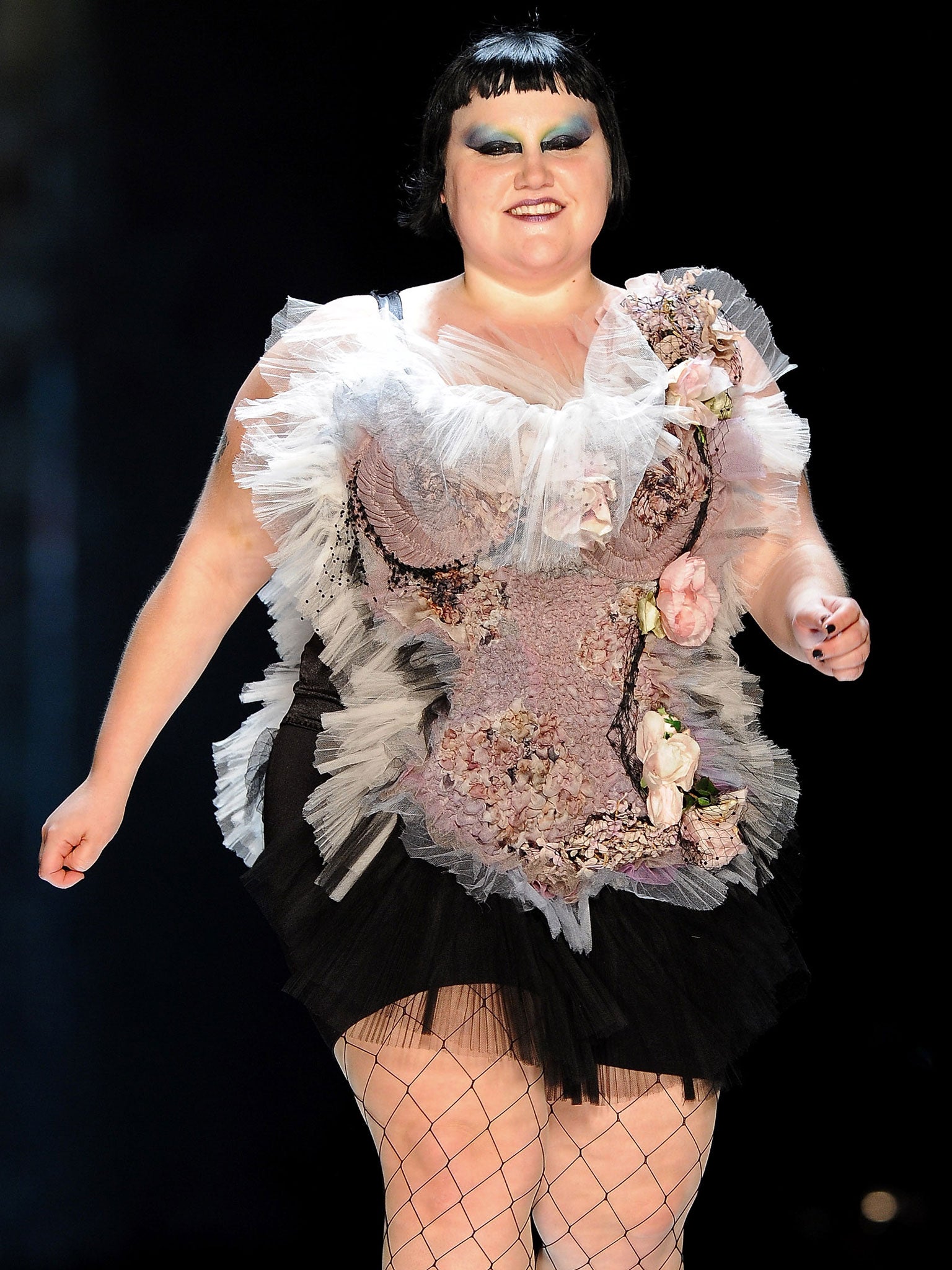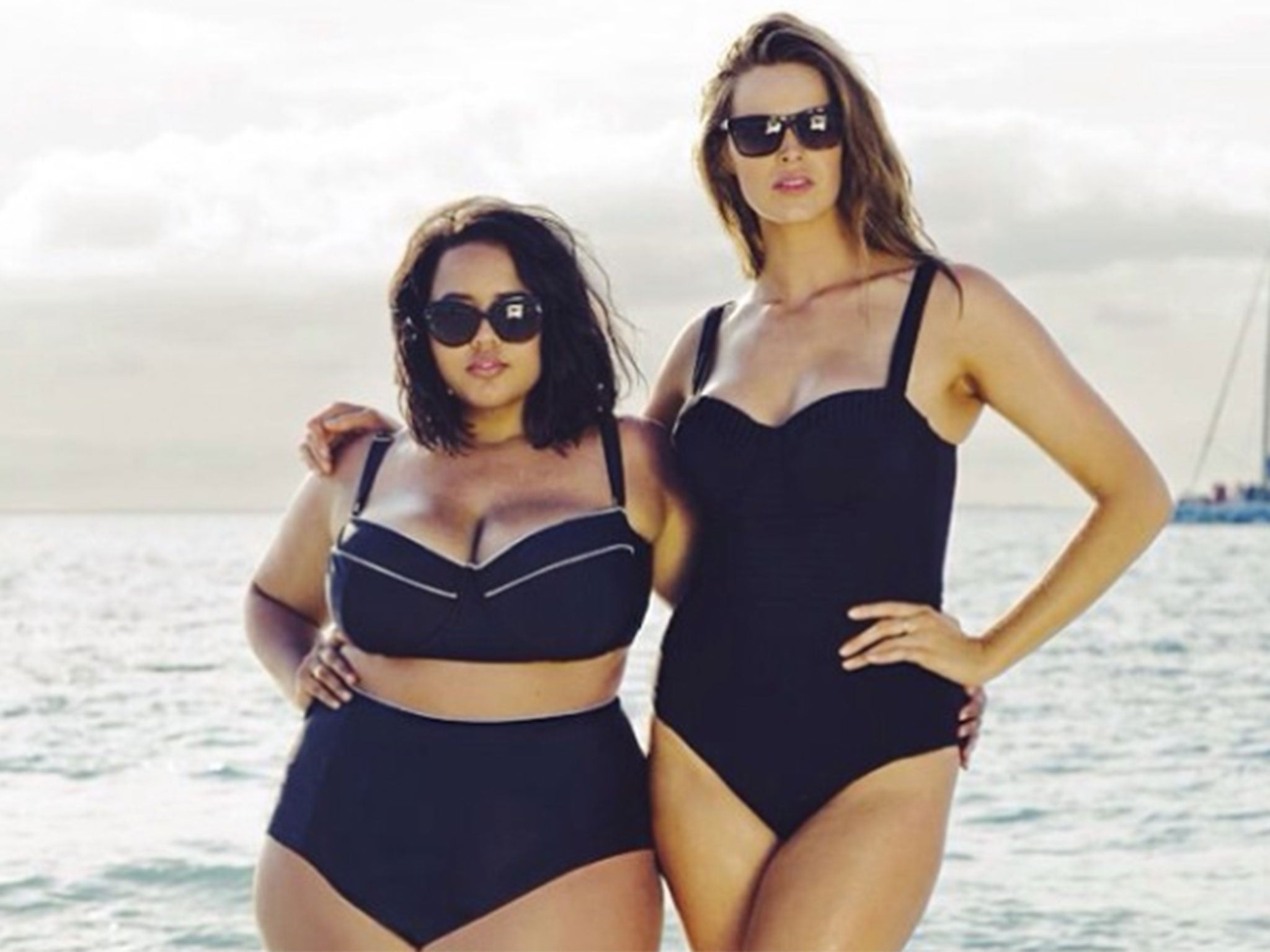UK's first plus-size fashion magazine Slink hits the shelves: 'Style doesn't stop at size 8'
As the debate over women's body image in the fashion industry continues, a new publication for curvy figures lands stores across 15 countries
Your support helps us to tell the story
From reproductive rights to climate change to Big Tech, The Independent is on the ground when the story is developing. Whether it's investigating the financials of Elon Musk's pro-Trump PAC or producing our latest documentary, 'The A Word', which shines a light on the American women fighting for reproductive rights, we know how important it is to parse out the facts from the messaging.
At such a critical moment in US history, we need reporters on the ground. Your donation allows us to keep sending journalists to speak to both sides of the story.
The Independent is trusted by Americans across the entire political spectrum. And unlike many other quality news outlets, we choose not to lock Americans out of our reporting and analysis with paywalls. We believe quality journalism should be available to everyone, paid for by those who can afford it.
Your support makes all the difference.A glossy magazine using plus-size models goes on sale worldwide today - at a time when the fashion industry seems to be embracing diversity.
SLiNK, the UK's first plus-size fashion magazine distributed across 15 countries, is hoping to tap into a growing demand for publications that, in the words of editor Rivkie Baum, realise “beauty and style doesn't stop at a size 8”.
“We believe that women are tired of seeing the same unobtainable image. Women today are much more savvy,” Baum says.
“As the plus-size retail sector continues to outgrow its straight size counterpart, the market is crying out for an inspirational plus-sized publication.”
Each edition will include shopping features, interviews, features, travel and beauty tips in efforts to “change the reputation of plus size fashion”.
Baum also addressed the questionable argument that a plus-sized magazine would promote unhealthy bodies as much as regular fashion publications.
“We are extremely conscious of our responsibility to promote a healthy body image both physically and mentally,” Baum told The Independent. “In our next issue, we are introducing a new healthy eating and fitness column to further back this. But what we are also aware of is that health doesn't come in one dress size and there are numerous factors that play a part in our wellbeing.
“While many magazines promote crash diets, which are extremely unhealthy, we believe that empowering women to feel confident and good about themselves at whatever size they are can have knock on effects on their overall health and lifestyle choices. It's about promoting health and happiness without suggesting it can only be achieved at one dress size.”
Also, unlike regular glossies, Slink has a "strong policy on body alteration". Baum said: "We never photoshop bodies smaller at all, we will do lighting corrections, light balance that kind of thing."
The “aspirational” publication started as an online only publication back in 2011, printing its first edition in 2012, which was only retailed via its website. It wasn’t until now that the bi-monthly publication hit the UK shelves, after proving that its plus-size editorials could “sit comfortably alongside their straight sized counterparts”.
The launch of Slink in the UK (and in other 14 countries) shelves joins American publications such as Plus Model, and the wave of plus size trends in social media and fashion industry. Model Candice Huffine, whose size UK 16, has been featured in numerous fashion campaigns and publications such as Vogue Italia and V Magazine. Also, she has just been unveiled as the first official plus-size model of Pirelli Calendar. But she told The Independent: “The idea of my size or weight has never come up in the casting process or even the thought process.”
Mrs Baum added: “I think it's really exciting that models such as Candice Huffine are managing to break down barriers. We have always aimed to show that plus size models aren't second class, they can perform in editorial just as well as their straight size counterparts and inclusions in big campaigns demonstrates that others are recognising the talent these girls have and that a one size fits all approach is quickly becoming out dated.
“Candice looks just as incredible as the other girls in the Pirelli Calendar [2015] and this is because she is fantastic at what she does.”
This trend has picked up in the last five years. In 2010, designer Mark Fast used plus-size models in his London catwalk show, while Jean Paul Gaultier enlisted size UK 20 gossip singer Beth Ditto to walk in his spring/summer 2011 show.

In 2012, Vogue pledged to only use models over the age of 16 and with a healthy body weight.
Also, back in summer this year the hashtag #fatkini spread across social media with plus-size women sharing pictures of themselves in bikinis, which was triggered by beauty and fashion plus-size blogger Gabi Fresh. She told The Independent: “I truly encourage you guys to get to the beach (or a pool) this summer – don't let body shame keep you from having a good time.”

The average dress size of a woman in the UK is 16, but more than health and self-image, the industry is seemingly beginning to understand that plus-size women too have “spending power, both in fashion and beauty”. Retailers such as Marks and Spencer, Dorothy Perkins, Forever 21 and Asos all have wide-ranging, plus-size clothing lines.
The idea that women come in all shapes and sizes is slowly becoming a truth universally known.
Join our commenting forum
Join thought-provoking conversations, follow other Independent readers and see their replies
Comments